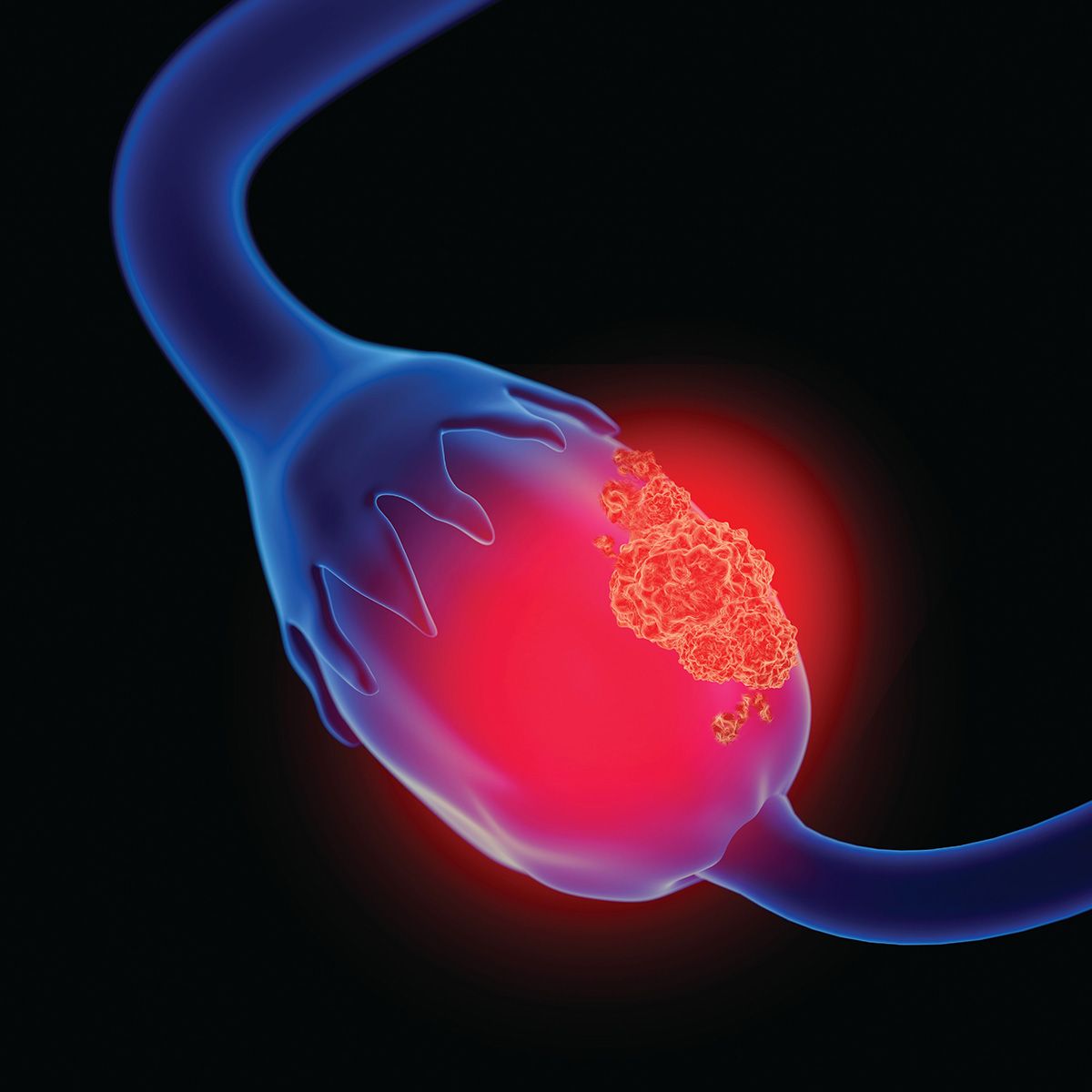Article
FDA Approves First Assay to Identify Rubraca Benefit Among Women with Ovarian Cancer
Author(s):
The Food and Drug Administration (FDA) approved a next-generation sequencing (NGS) companion diagnostic assay that can detect BRCA1/2 genetic mutations, as well as the percentage of genomic loss of heterozygosity (LOH) in patients with ovarian cancer.
The Food and Drug Administration (FDA) approved a next-generation sequencing (NGS) companion diagnostic assay that can detect BRCA1/2 genetic mutations, as well as the percentage of genomic loss of heterozygosity (LOH) in patients with ovarian cancer.
FoundationFocus™ CDx BRCA LOH tests a patient’s tumor tissue, which is collected by a doctor and then sent to the manufacturer, Foundation Medicine, in Cambridge, Massachusetts. Foundation Medicine then tests the tissue for BRCA mutations, percentage of LOH (which causes a loss of an allele and is a condition that occurs in many cancer types), and homologous recombination deficiency (HRD), which happens when cells cannot repair DNA breaks.
This test may be able to help patients and their health care team determine treatment plans, particularly with the PARP inhibitor Rubraca (rucaparib) in previously treated patients with a BRCA mutation and/or positive HRD status.
The approval included findings from the phase 3 ARIEL3 study. This global, randomized, double-blind trial compared efficacy of oral Rubraca as a single agent versus placebo in the maintenance treatment of women with platinum-sensitive, relapsed, high-grade ovarian, fallopian tube or primary peritoneal cancer who responded to platinum-based chemotherapy.
Of the 564 patients in the study, researchers looked at biomarker-defined subgroups, such as those with BRCA1 or BRCA2 mutations and HRD.
“The results support use of the device to aid in identifying ovarian cancer patients with deleterious tumor BRCA variants and patients with positive HRD status for Rubraca maintenance treatment of platinum sensitive ovarian cancer patients who have been treated with two or more lines of chemotherapy,” the FDA said in a brief overview of the device.
While the assay shows promise, there still are some risks, including failure of the device to perform as expected or to correctly interpret test results. This may lead to false-positive results.
Genetic testing continues to gain popularity in the world of oncology, both at home and in the clinical setting. And while it can lend insights into risks and treatment strategies, it is crucial that patients speak with their health care providers or a genetic counselor after getting their results.





